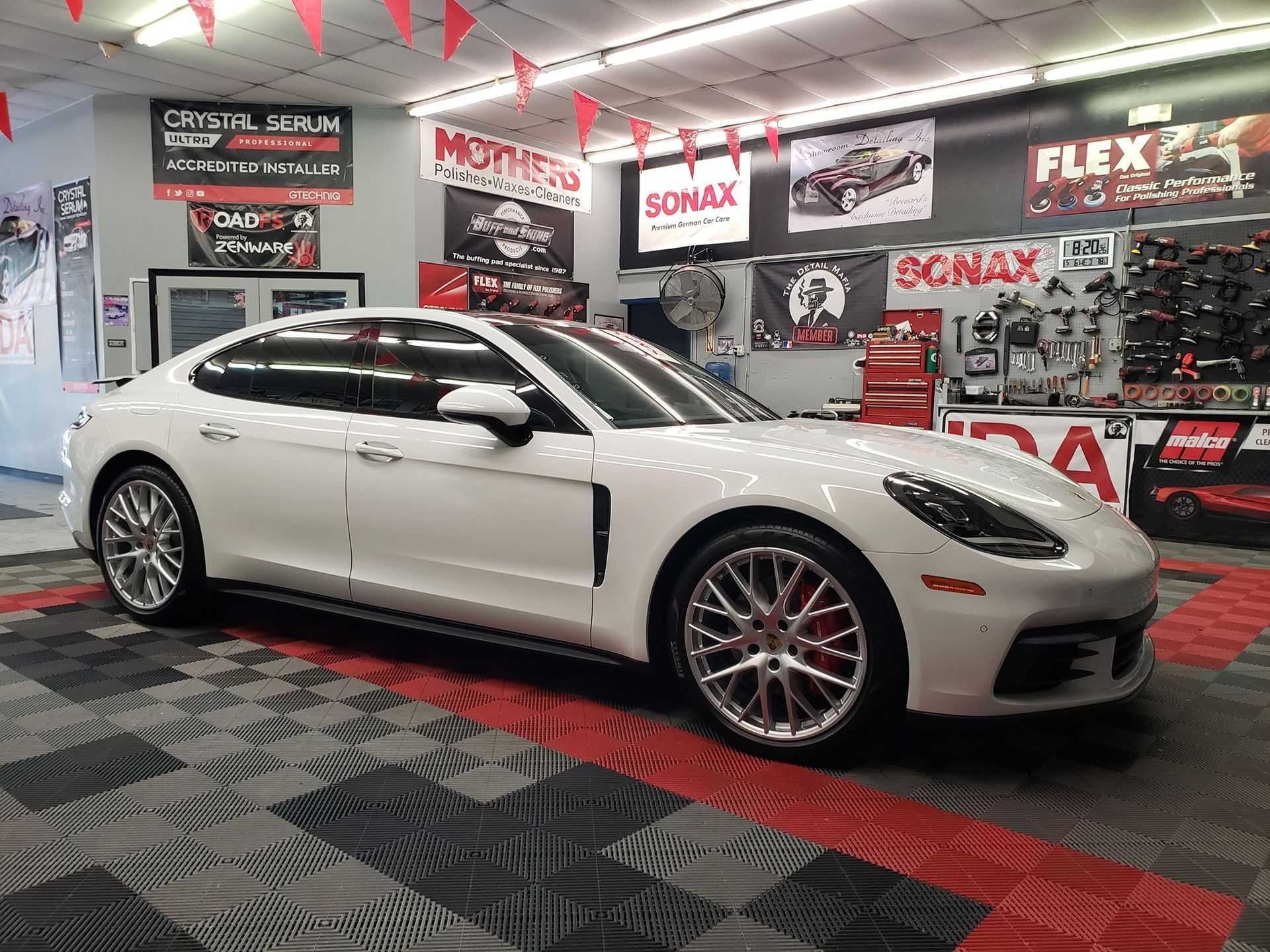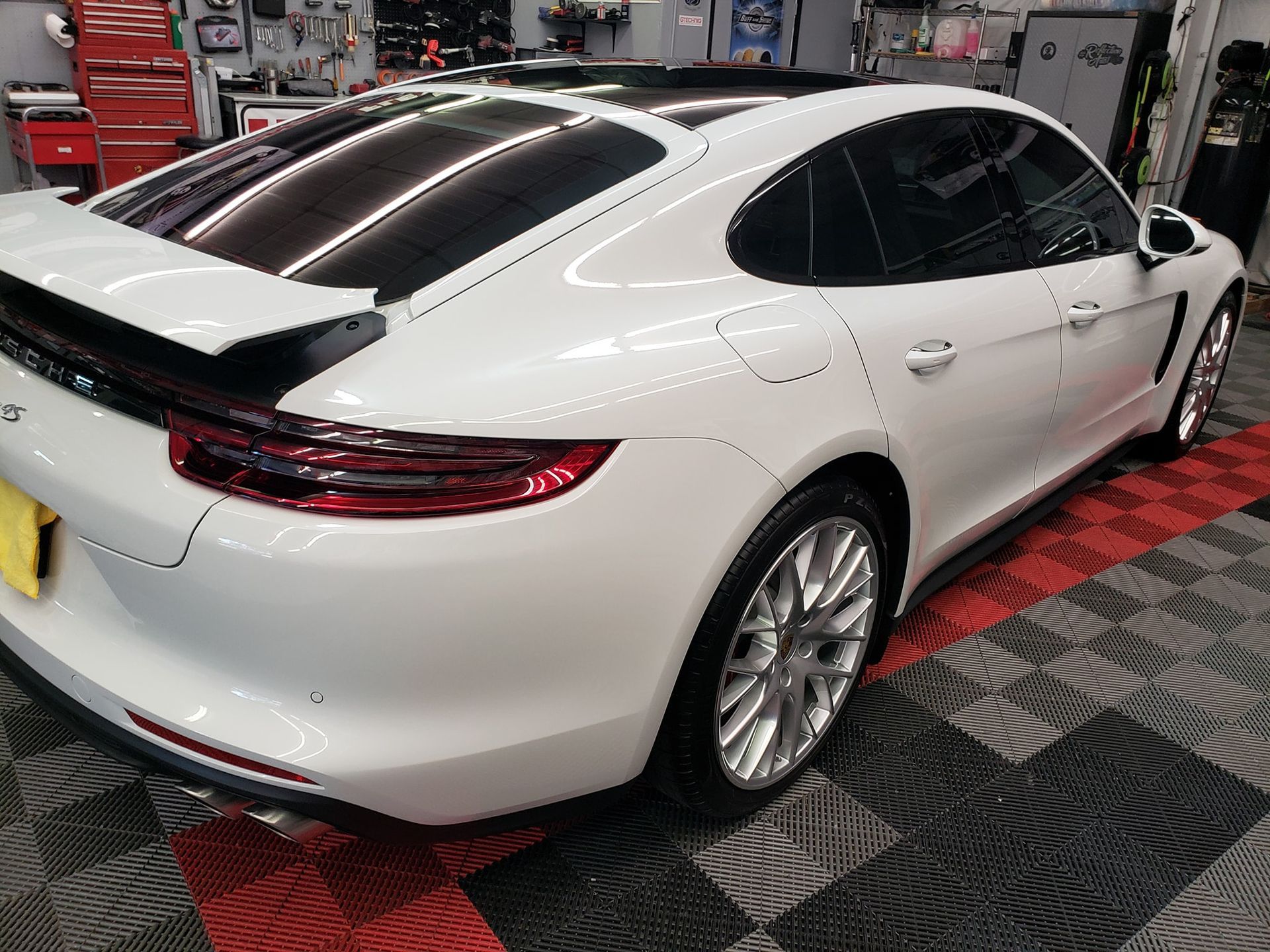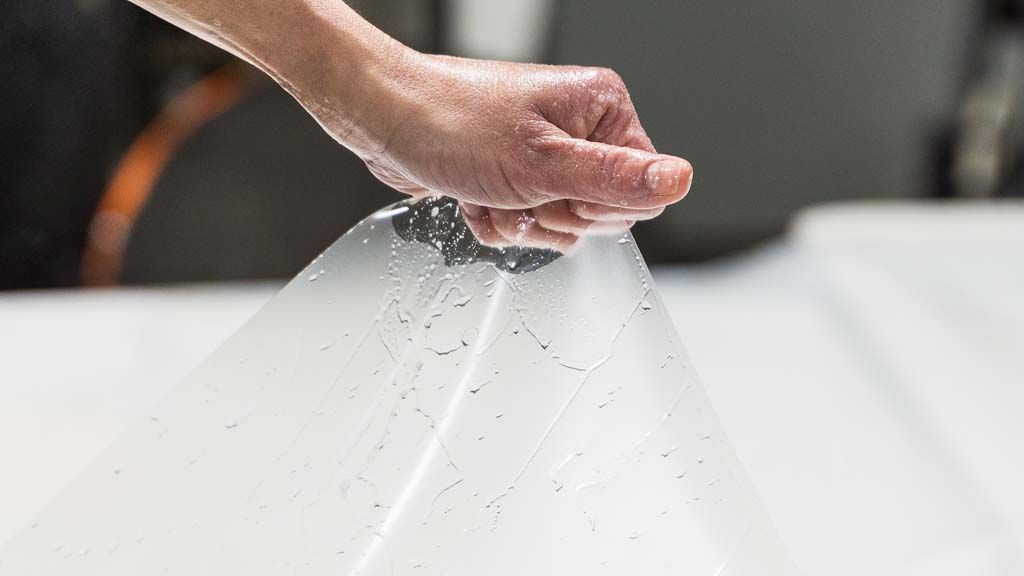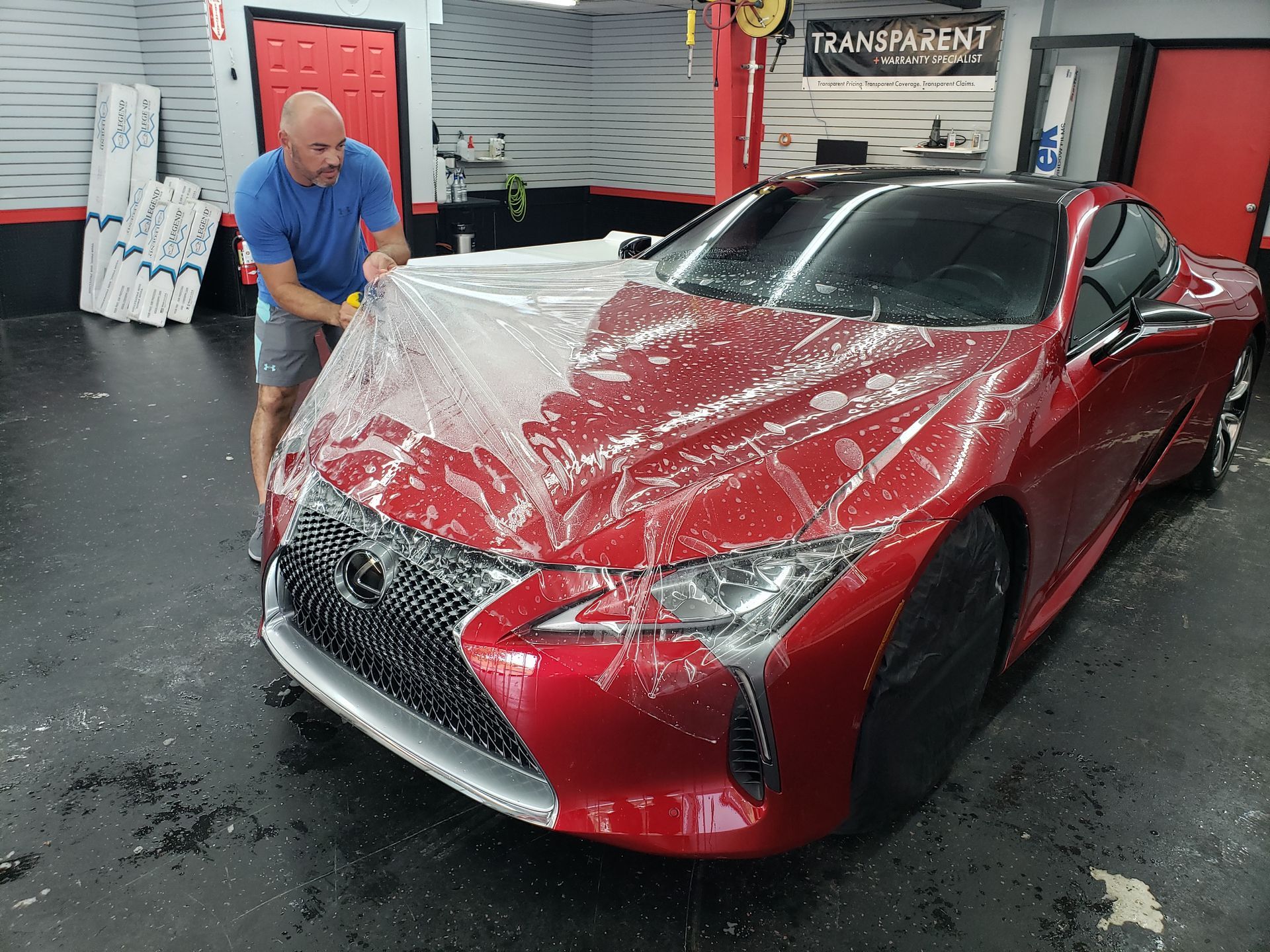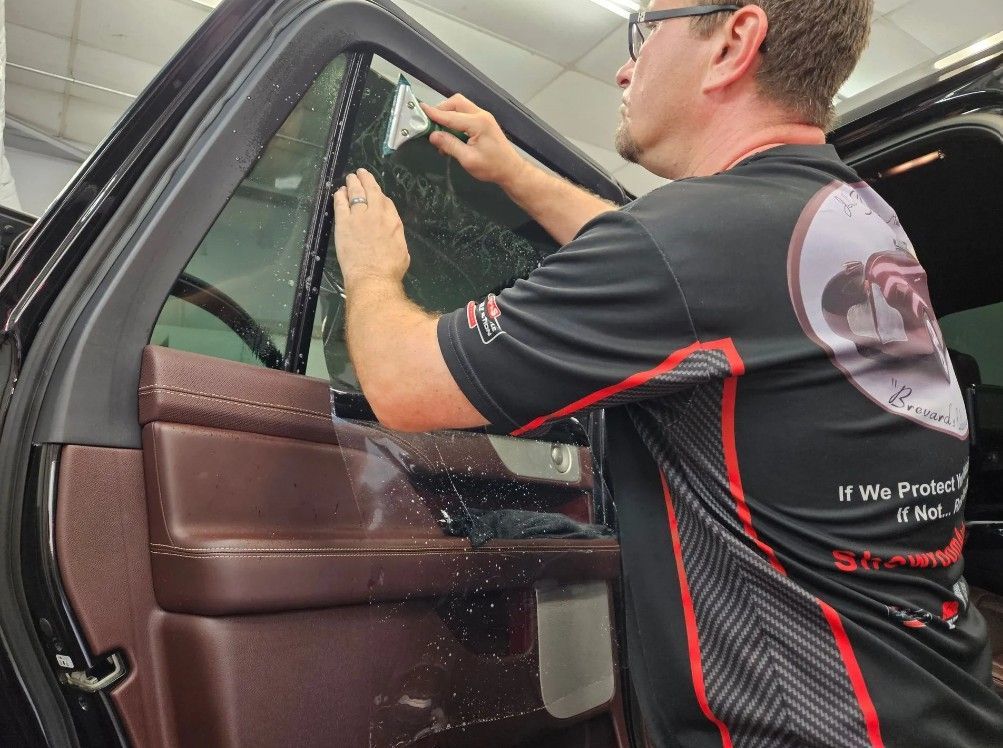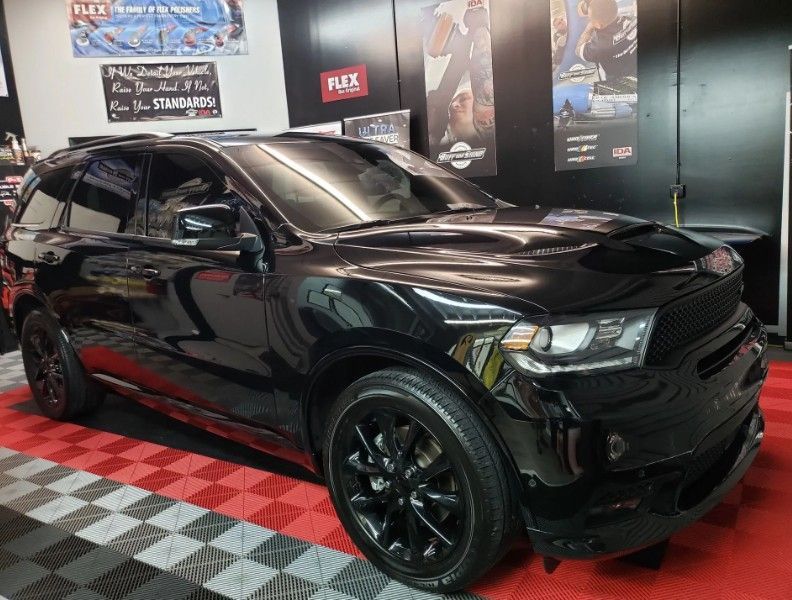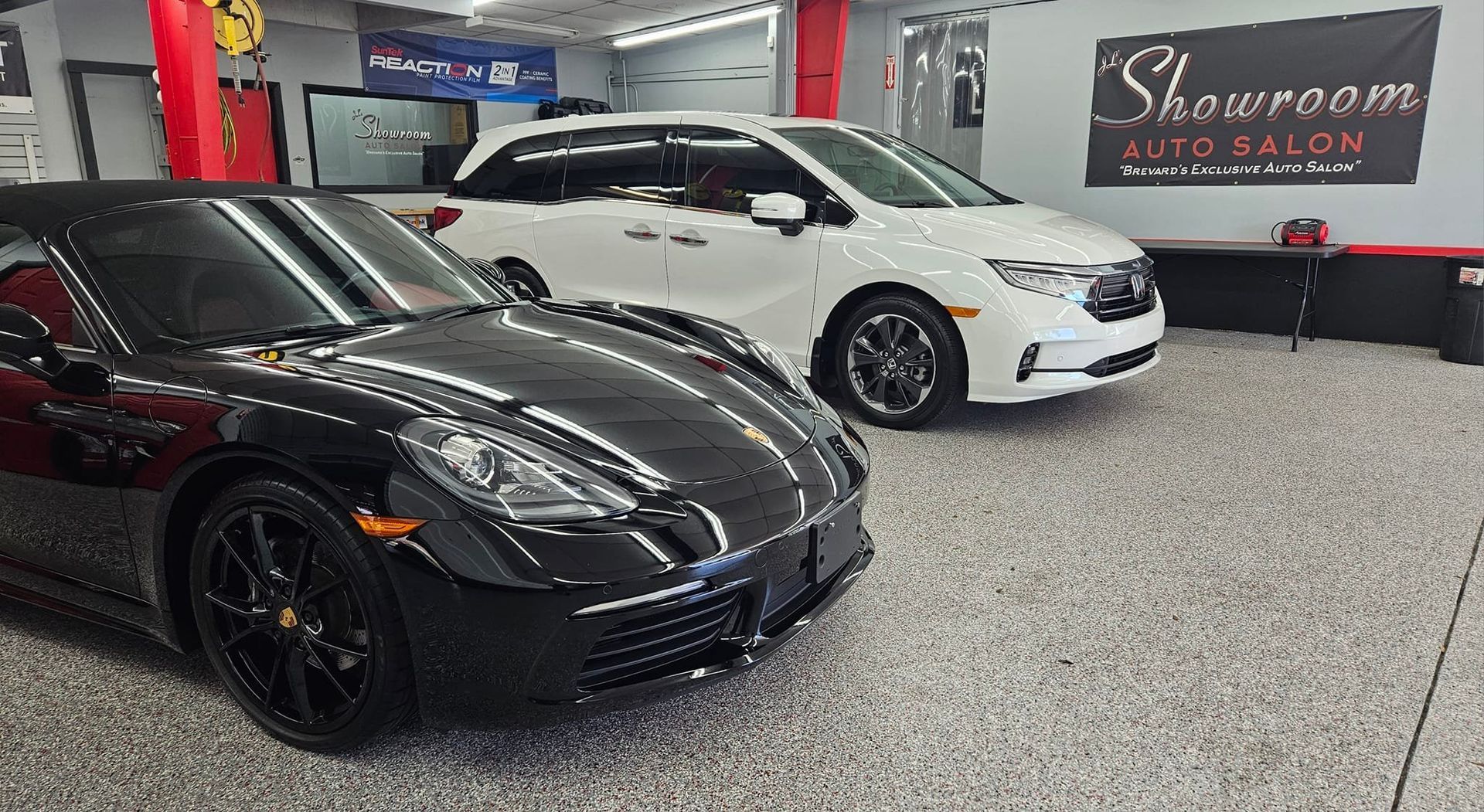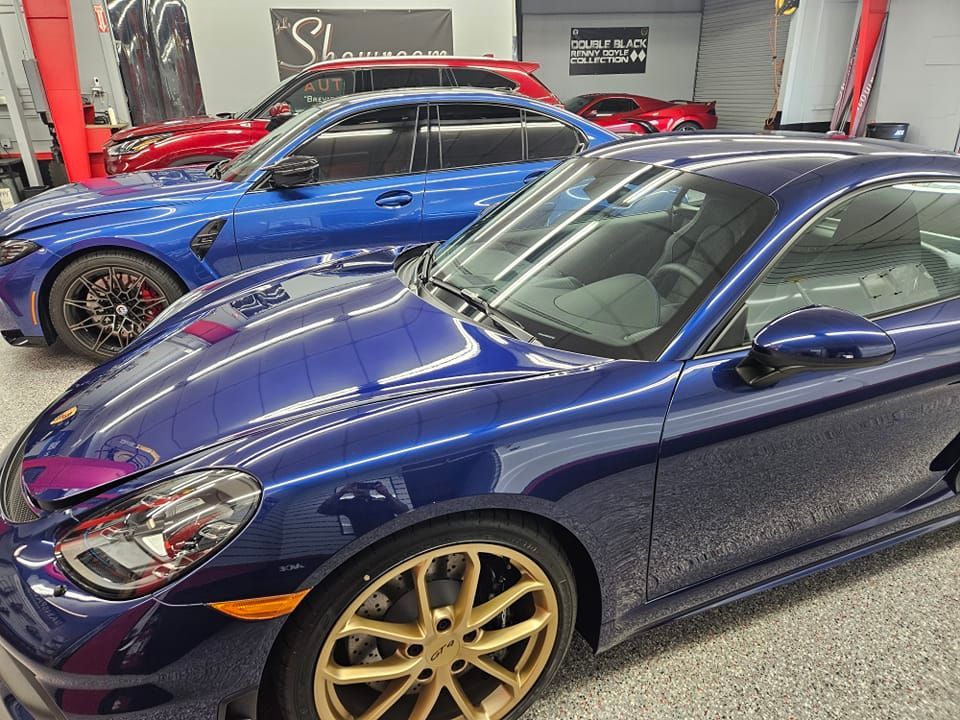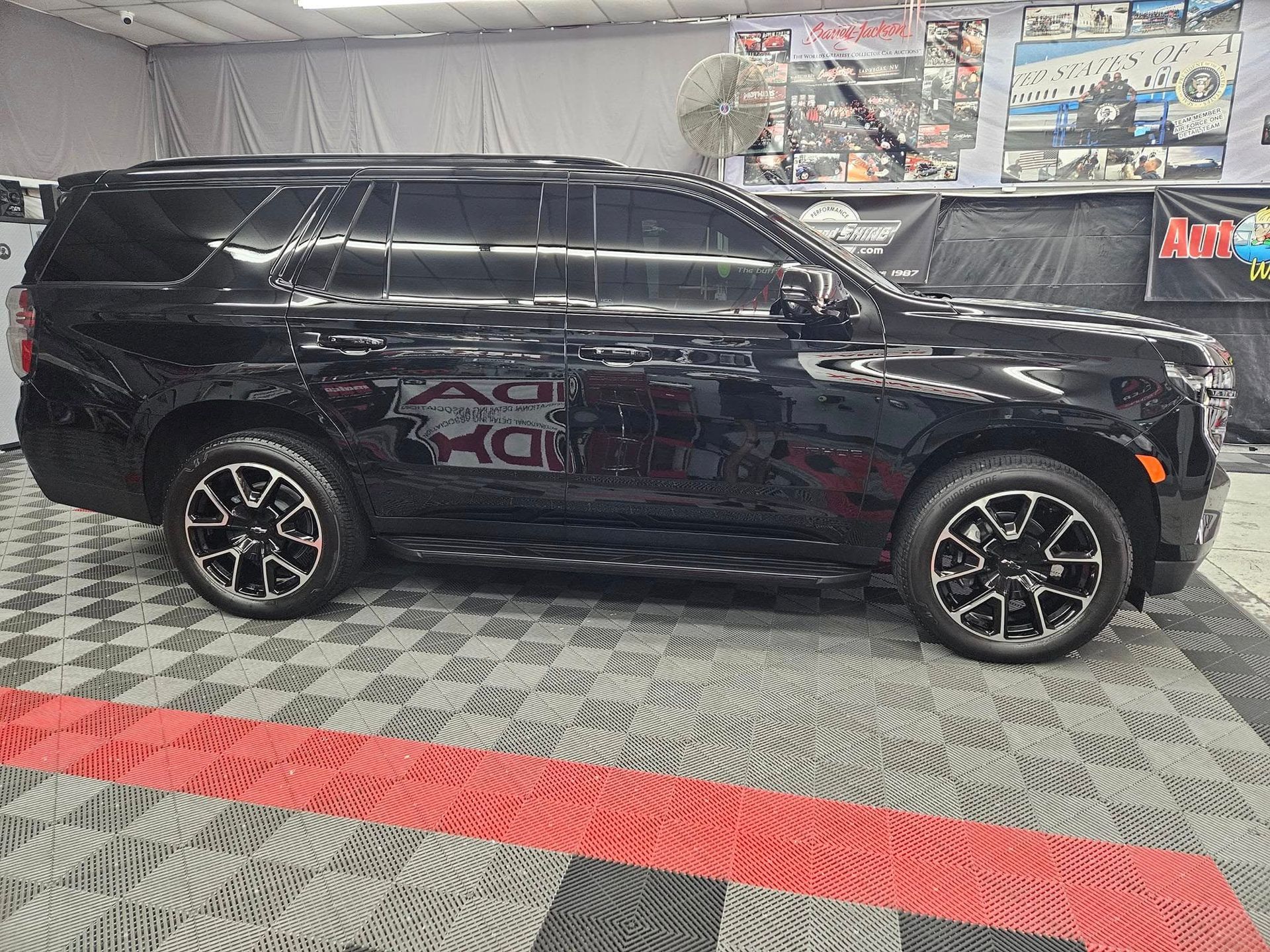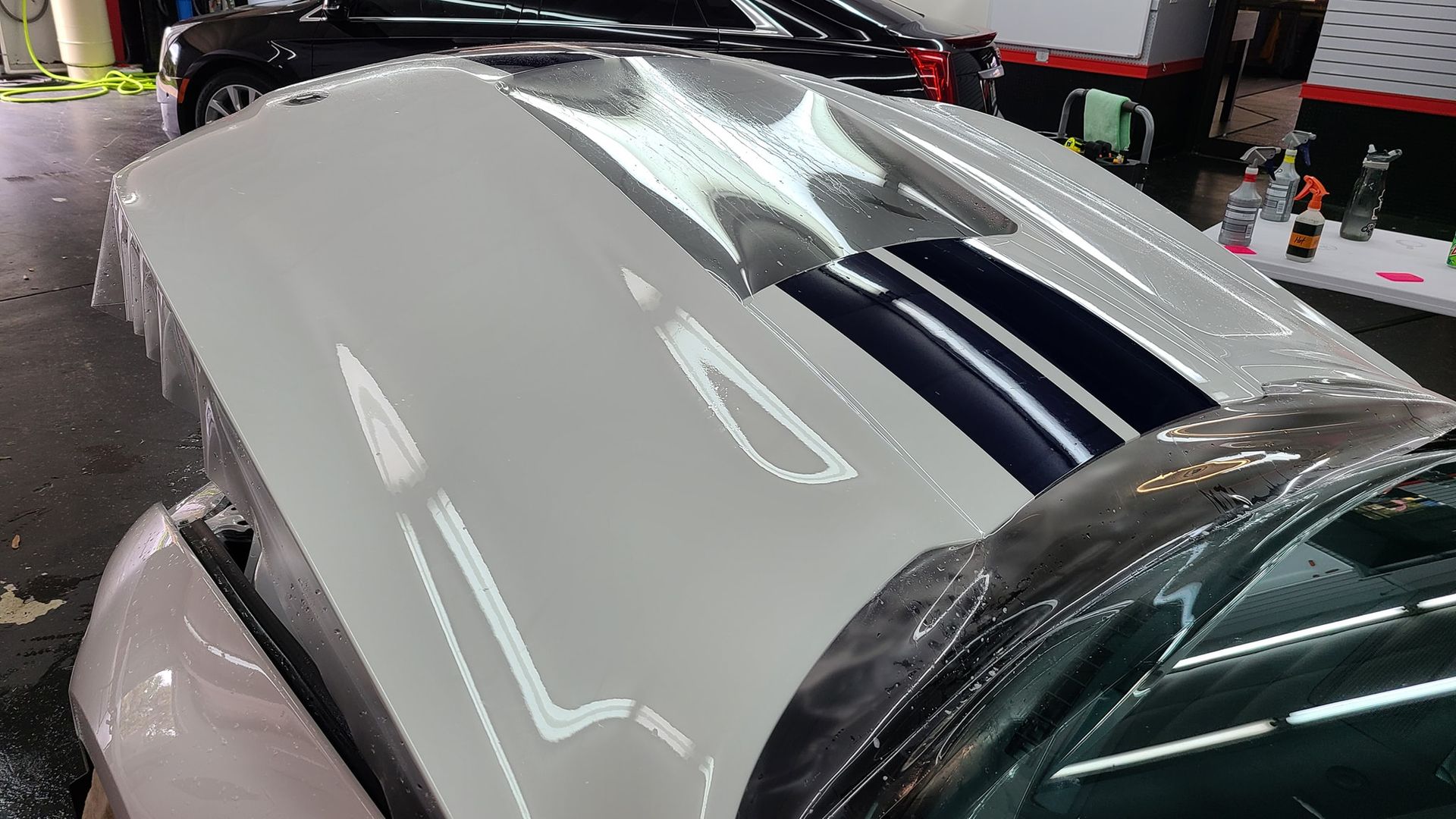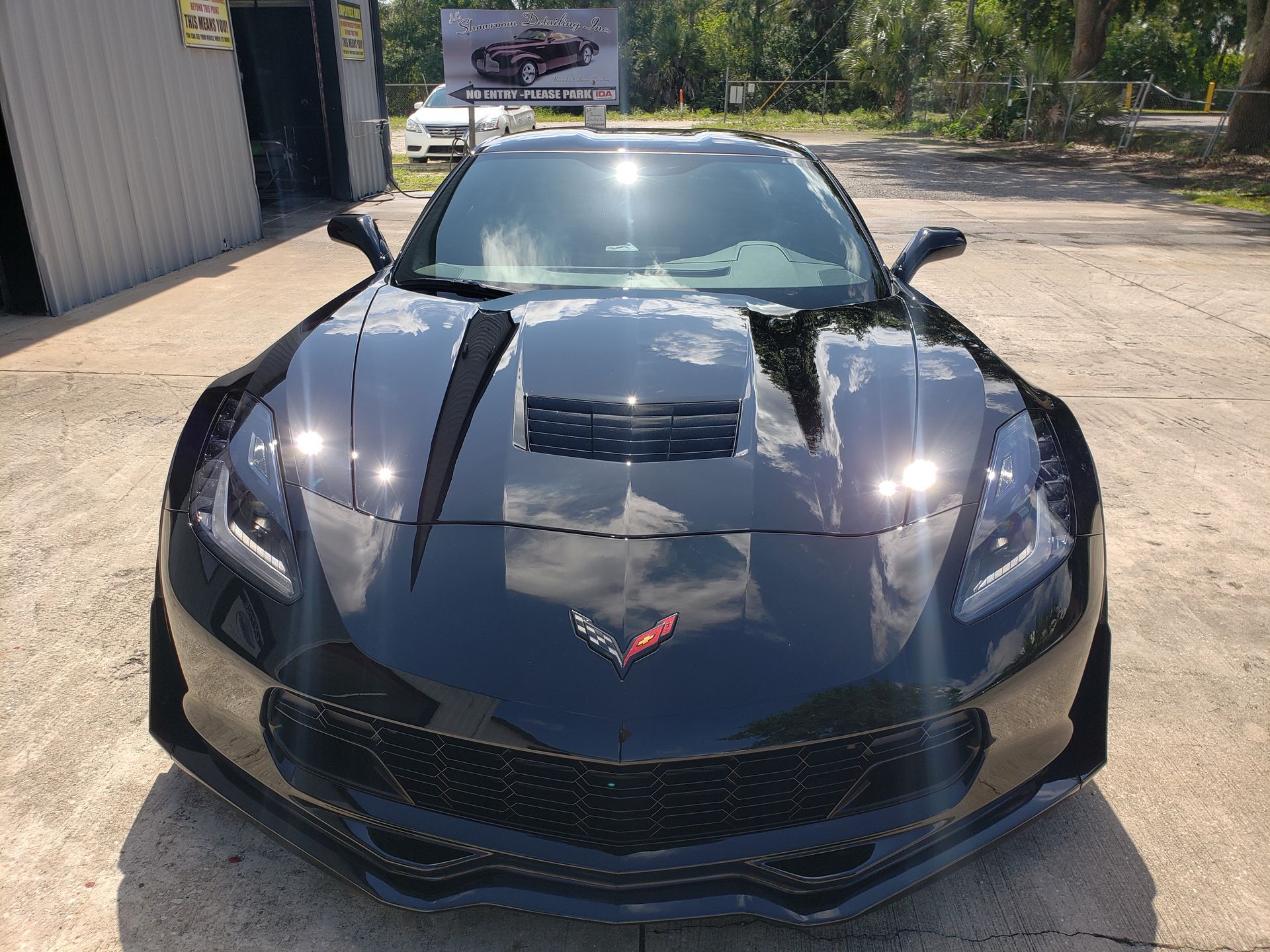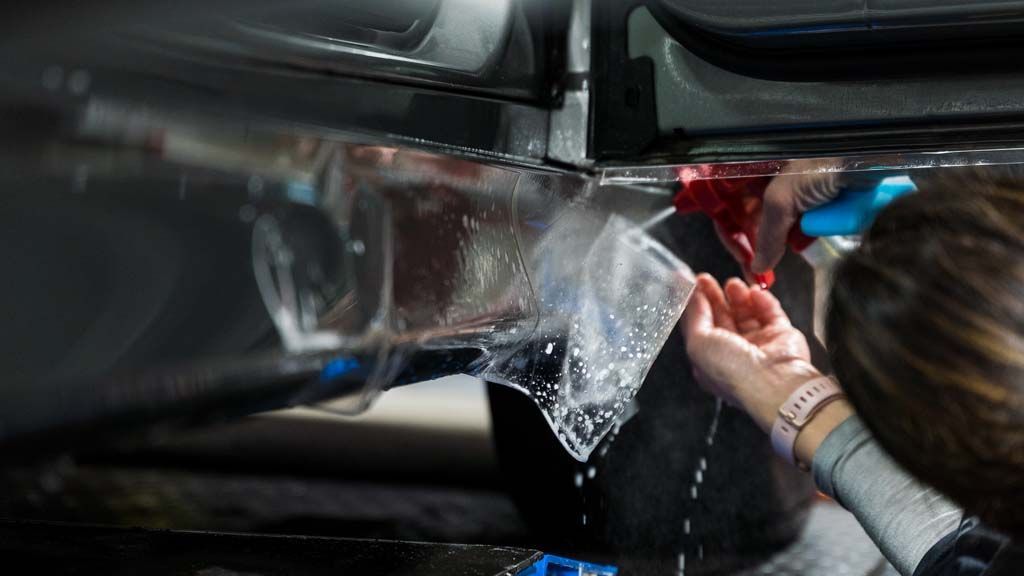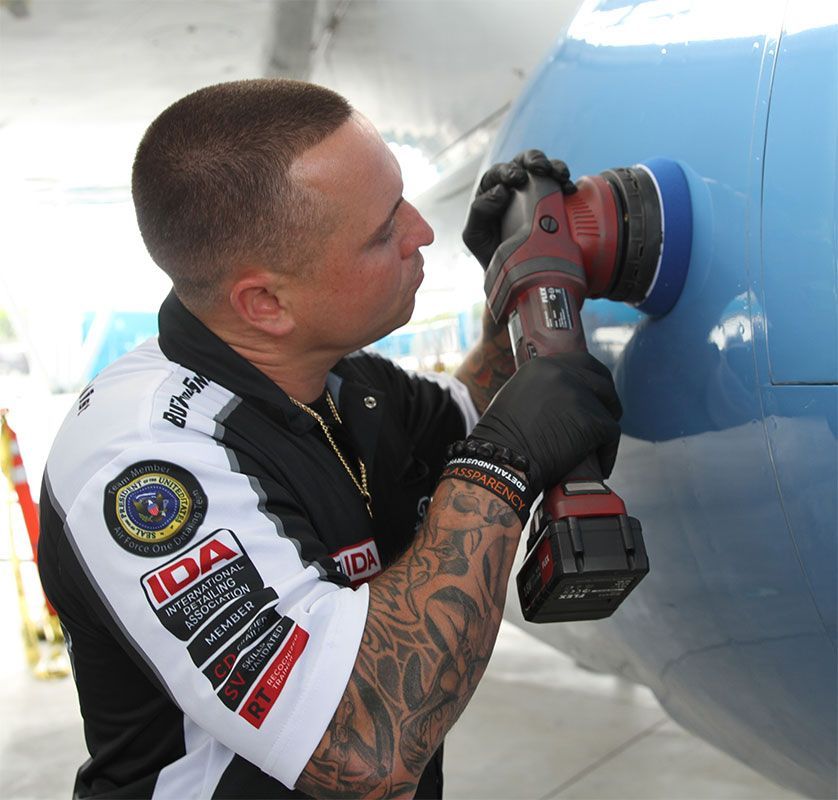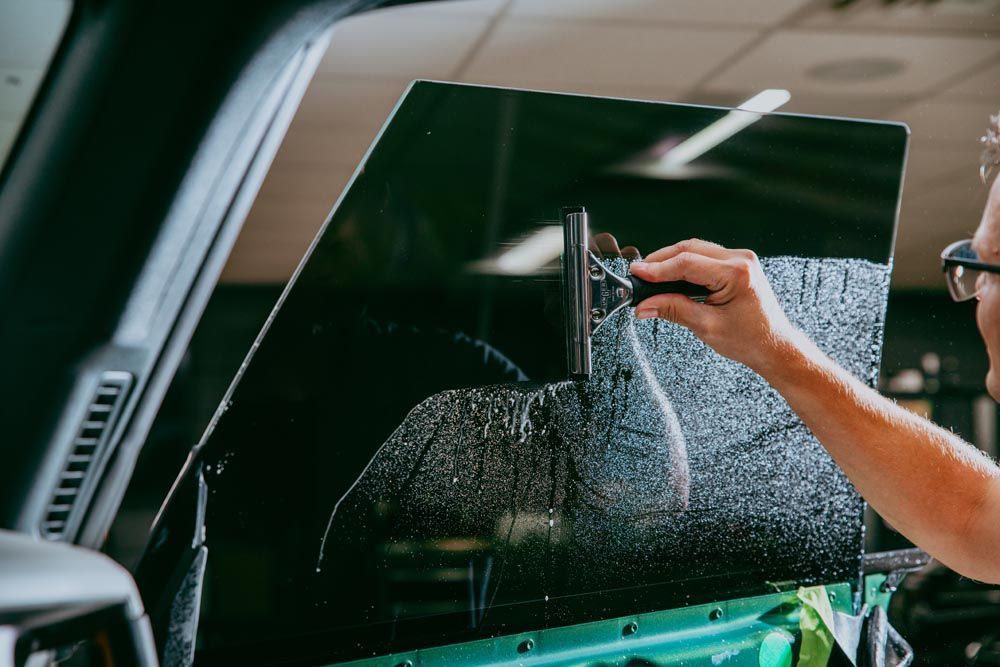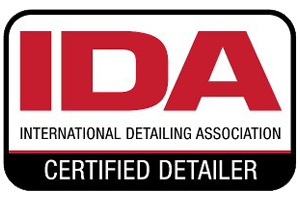PPF for Vehicles: Ultimate Protection in Extreme Seasonal Weather
When it comes to protecting your vehicle, most people think of the usual concerns—like minor scratches or the occasional bird dropping. But did you know that seasonal challenges can truly put your car’s paint at risk? Ice, snow, salt, and scorching sun can all leave their mark if you’re not careful. Enter Paint Protection Film (PPF), a game changer for vehicle owners seeking to keep their cars looking pristine no matter the weather. Imagine having a shield that not only keeps unsightly blemishes at bay but also enhances your car's overall appearance! In this article, we'll explore how PPF can help safeguard your vehicle against extreme seasonal elements while ensuring it maintains its value and beauty over time.
Paint Protection Film (PPF) effectively safeguards vehicles from harsh environmental elements such as ice, snow, salt, and intense UV rays, which can cause damage to the paint. By applying PPF, vehicle owners can mitigate the risk of corrosion, fading, and scratches resulting from these extreme weather conditions, preserving their vehicle's appearance and value over time.
Pros and Cons of PPF in Severe Weather
One of the most lauded benefits of paint protection film is its remarkable ability to safeguard your vehicle against minor abrasions. Imagine navigating through a treacherous road littered with pebbles during a fierce rainstorm; PPF effectively absorbs those small hits that could otherwise leave unsightly dings or scratches on your car's surface.
Additionally, it serves as a shield against harmful UV rays, bird droppings, and various chemical contaminants—all potential assailants on your car’s gleaming finish. Imagine you're parked outdoors during a heavy downpour. Without PPF, those corrosive elements would quickly make their way to the paint, putting your vehicle at risk for rusting and discoloration.
Research indicates that vehicles with PPF show an impressive 30% reduction in paint damage over five years in regions plagued by severe weather. This statistic underscores the practical reality: applying PPF is akin to wrapping your vehicle in a protective layer that stands as a barrier against nature’s harshest challenges. However, while the pros are compelling, it's crucial to weigh them against the less favorable aspects of PPF.
Cons
On the flip side, the expenses associated with PPF can be daunting for many car owners. The cost typically ranges from $500 to $2000, influenced heavily by the type of vehicle and the area you want covered. When considering this investment, you might find yourself pondering whether this price tag justifies the benefits it brings. Moreover, proper maintenance is essential for ensuring its longevity; neglecting routine checks can lead to premature wear or peeling. It's also critical to consider how PPF reacts over time. Although it does offer protection, it can become discolored or damaged from extreme heat or poorly executed installations if not handled correctly.
That said, these upfront costs and maintenance efforts often yield substantial long-term benefits—substantially reducing the need for costly paint repairs down the line. As we continue exploring this topic, we will examine how this film not only offers protection but also contributes to enhancing a vehicle's overall appearance over time.
Enhancements from PPF for Vehicles
Beyond mere protection, Paint Protection Film (PPF) elevates your vehicle's aesthetic charm and market worth. The smooth, glossy finish not only creates an eye-catching sheen but also helps to maintain that “new car” look long after you’ve driven off the lot. A well-installed PPF can mask imperfections that would otherwise detract from the appearance of your paint job, keeping your car looking sharp while creating a barrier against common road debris and weather conditions.
When choosing PPF, it’s wise to opt for films equipped with self-healing properties. This technology significantly boosts the film’s effectiveness in preserving your vehicle's pristine appearance by reducing the visibility of scratches and swirl marks. With self-healing capabilities, minor abrasions tend to disappear without any intervention.
Self-Healing Technology
At its core, self-healing film is made from a thermoplastic polyurethane material designed to repair itself when exposed to heat. Just a bit of warmth—from sunlight or even hot water—activates this incredible feature, allowing small scratches to fade away almost as if they were never there. Imagine driving down a gravel road, confident that those little nicks and scuffs will vanish under the sun’s warm embrace.
These enhancements help maintain the vehicle's impeccable appearance while playing a crucial role in preserving its resale value by safeguarding the original factory finish. By investing in PPF with self-healing properties, you're not just protecting your car; you’re making a smart financial decision that can pay off when it's time to sell or trade it in. With these impressive features, we now turn our attention to how to safeguard against the challenges posed by extreme temperature changes throughout the year.
Guarding Against Temperature Extremes
Extreme temperatures present a significant challenge for vehicle owners. High heat can lead to paint fading and oxidation; UV rays relentlessly bombard the surface of your car, breaking down its protective layers over time. This is where Paint Protection Film (PPF) shines as a reliable shield. By acting as a formidable barrier against harmful sunlight, PPF helps maintain that vibrant color you love while ensuring your vehicle retains its aesthetic appeal.
On the flip side, cold environments pose their own set of problems. In regions where winter's chill sends thermometers plummeting, paint can crack from thermal contraction and expansion. Surprisingly, PPF has been engineered to remain flexible even in frigid temperatures, cushioning the paintwork beneath it. So while you’re battling the snow and ice, your car’s exterior is safely cocooned, allowing you to drive worry-free—even during ice storms. Imagine driving through Arizona’s sweltering summers or Minnesota's bone-chilling winters. With PPF installed, temperatures become merely numbers on a thermometer rather than threats to your vehicle's integrity.
Investing in PPF extends the life of your vehicle's paint job significantly. Not only does this save you money on potential repainting or restoration jobs down the line, but it also keeps your car looking newer for longer, enhancing its resale value when the time comes to sell or trade it in. To maximize these protective benefits, remember to regularly check your PPF for any signs of wear or damage. Energy from extreme weather can still affect how well your film does its job; if you notice any lifting or bubbling, addressing those concerns early can safeguard your investment.
Equipping your vehicle with PPF serves as a strong commitment to preserving its condition amidst nature's challenges. This foundation sets the stage for understanding how effective this protection is against various winter adversities.
Resisting Snow, Ice, and Road Grime
Winter can be a formidable foe for vehicle exteriors. The combination of snow, ice, and road grime not only makes cars look dirty but can lead to long-term damage if not properly addressed. That's where paint protection film (PPF) truly shines. This advanced material acts as a resilient barrier against the elements, ensuring your vehicle remains in top condition during those harsh months.
Imagine navigating through slushy roads or braving a snowstorm. Each journey exposes your car’s surface to grit and moisture that can lead to scratches and corrosion. However, with PPF applied, your vehicle enjoys an extra layer of defense. This film creates a smooth surface that does an incredible job at preventing harmful substances from sticking or damaging the paint beneath it. Simply put, PPF acts like a shield, repelling winter's worst. While some may argue that regular washing could suffice to protect a vehicle from winter's harsher elements, those who have invested in PPF would disagree. The film provides an unmatched level of protection that a simple wash cannot replicate.
One often overlooked advantage is how easy maintenance becomes when using PPF on vehicles subjected to winter weather. Washing off road grime and salt residue is significantly more efficient because the smooth surface of the film encourages dirt to slide off rather than cling stubbornly to the paint. Regular maintenance becomes less labor-intensive—simply hosing down your car can yield major visible improvements. Understanding these benefits highlights why many choose professional installation of PPF instead of attempting it themselves in demanding winter conditions. Next, we will explore the differences between handling this task on your own versus relying on skilled professionals.
DIY vs Professional Installation
One major decision vehicle owners face is whether to install PPF themselves or hire a professional. This choice can significantly impact both the application quality and the long-term effectiveness of the protective film.
When it comes to DIY installation, many enthusiasts find the allure of tackling this project on their own quite tempting. DIY kits are readily available and often come with detailed instructions that guide you through the application process. They are designed to save money and empower you with hands-on experience. However, it's essential to note that applying PPF isn’t as straightforward as it may seem.
DIY applications require a specific environment and meticulous precision; ideally, you should work in a dust-free area to minimize the risk of trapping debris under the film during installation. This means controlling air circulation and using clean tools, including a squeegee or heat gun if necessary. Even a tiny speck of dirt can lead to unsightly imperfections, which leads to my next point—misapplication can result in bubbles and poor adhesion, compromising not just the aesthetic appeal but also the overall effectiveness of the film. If air bubbles occur, they might attract moisture, leading to mold growth underneath or, worse, peeling over time.
On the flip side, you have professional installation. While it may be more expensive than tackling this project yourself, hiring an experienced installer brings a wealth of benefits. Professionals possess specialized tools and techniques developed through years of hands-on training. They understand how to manipulate the film for seamless coverage while avoiding common pitfalls such as misalignment or improper sealing along tricky edges. Furthermore, a professional installer can ensure better coverage and increase longevity by utilizing high-performance adhesive products and techniques that may not be available in standard DIY kits. Their expertise gives you peace of mind that your investment is being protected appropriately.
With each option presenting unique advantages and challenges, it's important for vehicle owners to evaluate priorities like budget constraints and skill level before proceeding with their choice. Now we’ll explore other methods available for enhancing your vehicle’s protection against the elements.
Additional Protective Coatings and Treatments
Beyond Paint Protection Film (PPF), various treatments work in harmony to elevate your vehicle's defense against harsh environmental factors. One standout option is ceramic coatings. These provide a hydrophobic layer, effectively repelling water, dirt, and other contaminants that typically cling to your car’s surface. Think of it as an invisible shield that not only makes your car easier to clean but also enhances its shine over time. When combined with PPF, ceramic coatings empower vehicles with a staggering 50% better resistance to environmental damage. That means fewer worries about scratches from road debris or harsh weather conditions.
Ceramic Coatings
To explore ceramic coatings further, they don't just provide a layer of water resistance. They offer durability that surpasses traditional waxes or sealants by many miles. This protection hardens into place, making it much more resilient against physical wear and tear. Moreover, it can help maintain the paint's original luster for years, saving you money on costly repaint jobs down the line. However, while ceramic coatings are fantastic, they aren't the only players on the field when it comes to additional protection for your vehicle.
Waxing and Sealants
Let’s discuss waxing and sealants. Regularly waxing your vehicle not only adds a glossy finish but also offers a minor degree of environmental protection. It's akin to putting on temporary armor—easy to apply and effective against dust or light scratches. Compatibility is crucial; using products safe for PPF is necessary to prevent damaging the film underneath. Sealants take this notion up a notch—they last longer than waxes and often provide better protection overall. They form a stronger bond with the paint surface and create an additional layer of defense against UV rays and moisture. In fact, combining these approaches can lead to remarkable results:
Integrating these treatments with PPF creates a formidable lineup for maintaining your vehicle’s appearance and structural integrity—particularly vital during extreme seasonal weather where exposure to elements like snow, rain, or blazing sun might wreak havoc on unprotected surfaces. Investing in such comprehensive protection is essential for maintaining the beauty and longevity of your vehicle for years to come. Ultimately, ensuring your vehicle has multiple layers of protection will safeguard it against any seasonal challenges it may face.
Superior PPF Installation in Melbourne, FL
Shield your vehicle from road debris, scratches, and everyday wear with JL’s Showroom Auto Salon’s expert paint protection film services in Melbourne, FL. Our high-quality PPF is precision-cut and professionally installed to provide a nearly invisible layer of defense while preserving your car’s flawless finish. Whether you want full-body coverage or targeted protection, our team ensures a seamless application that enhances durability without compromising style. Keep your paint looking pristine—book your PPF installation today!
